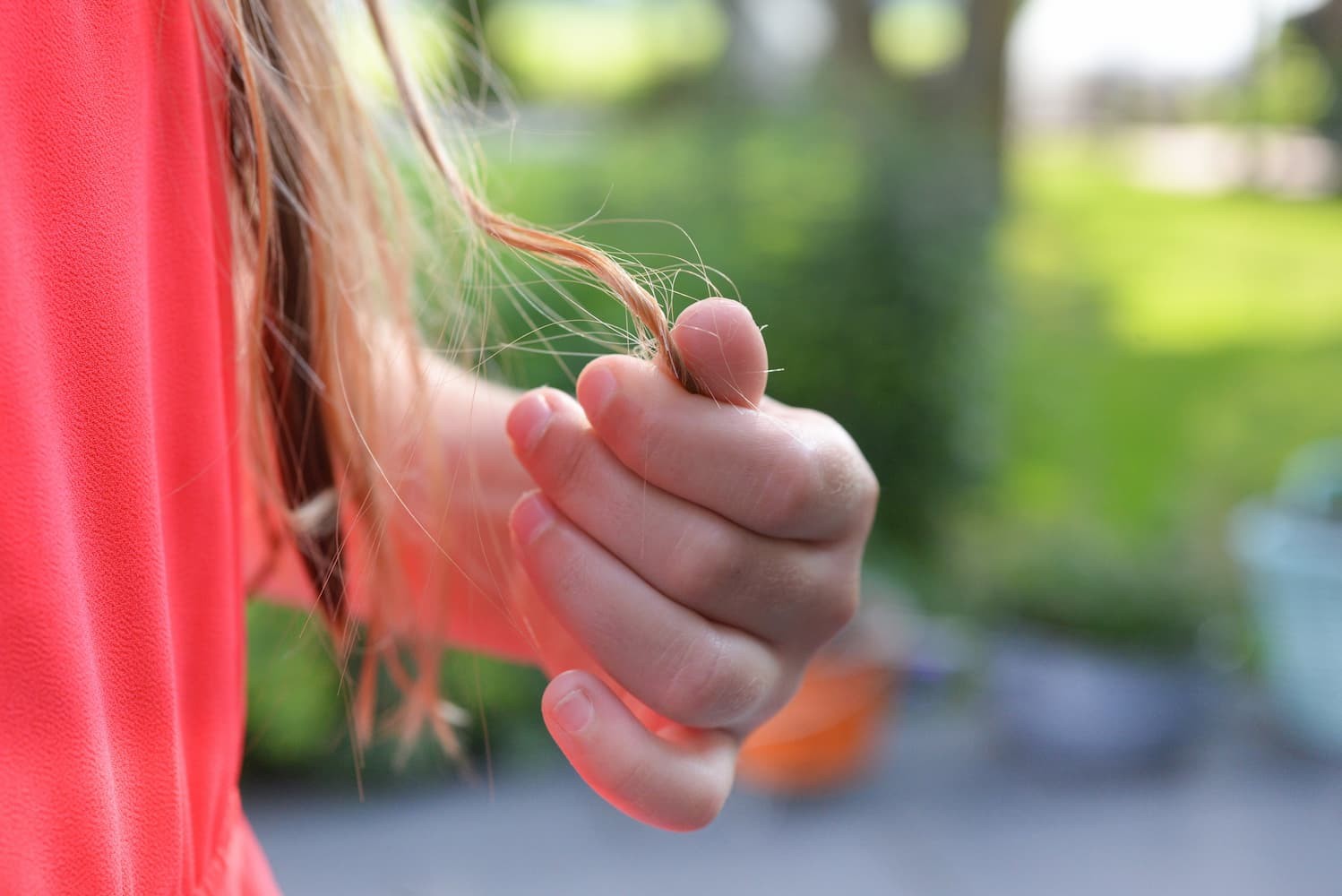
Hair products that promise longer, thicker hair have nothing on daily scalp massage when it comes to expediting hair growth rate. Not only do they drain money from your wallet, the harsh ingredients in commercial hair care products can weaken your hair shaft and eventually make it fall out.
Getting regular scalp massages relaxes the blood vessels in your head, which in turn increases blood flow to the hair follicles that results in hair regrowth. Read on to find out how to restore or maintain a beautiful head of hair with massage.
Why Massage for Hair Loss?
In addition to treating headaches and stress, many different cultures throughout history have used scalp massage to facilitate faster hair growth and maintain healthy hair. It nourishes the hair strands, prevents male and female pattern baldness and promotes hair growth. Whether you want to grow long, lustrous tresses or prevent hair thinning, which may potentially lead to breakage, different massage techniques can do wonders for your crowning glory.
Types of Massage That May Promote Hair Growth
There are several massage techniques that assist in the regeneration of hair more so than others. Some of these include:
- Hair pulling massage
- Indonesian scalp massage
- Oriental scalp tapping massage
- Tapping with brush
Aromatherapy massage
The face and neck should always be included in a scalp massage. You may perform it on yourself, have a friend do it or pay an experienced aromatherapy massage professional who will provide a more relaxing experience.
If you choose to do it yourself, make sure to always slide the balls of your fingertips under the hair and onto your scalp. Slowly stimulate the entire scalp by using gentle circular motions with your fingers and hands.
Hot Oil Head Massages Prevent Hair Loss
Scalp massage performed with hot hair oil is one of the best ways to nourish and strengthen the hair cells. The oil does so and prevents hair loss by:
- Lubricating the scalp
- Increasing the pliability of the scalp
- Strengthening the hair roots and shafts
- Replenishing dry, breakage-prone hair
- Protecting the hair from sun damage and premature thinning
Indian Head Massage
Indian head massage is one relaxing massage technique that supplies nutrients and oxygen to the hair follicles to stimulate healthy hair growth. The circular strokes are concentrated on the acupressure points located in the head, neck and shoulders to loosen the follicles and stimulate the hair's natural oils. It's no doubt an effective approach to treating dry hair and other hair and scalp issues.
Benefits of Scalp Massages
The physical effects of stress have been linked by science to temporary hair loss in both men and women. Massage helps prevent hair loss as it alleviates these effects by:
- Promoting feelings of deep relaxation in the body
- Relieving muscle tension
- Improving lymphatic drainage
- Improving venous circulation
- Stimulating nerve pathways
- Stimulating the release of the body's natural feel-good hormones called endorphins
Massage Improves Scalp Circulation
Massage increases circulation of blood to the scalp, which as an extremity is one of the most difficult places blood can flow into. It does so by releasing any muscle tension that may be blocking the blood flow. The increased blood circulation provides the scalp with oxygen and other nutrients required by the hair follicle for energy metabolism and consequent hair growth.
Massage Detoxifies the Scalp
Excess sebum and dead skin cells on the scalp may hinder hair growth and cause hair to fall out. Massage works to remove these clumps of dirt that clog the follicles, whilst conditioning the hair naturally with oils produced by the body.
Getting a scalp massage will surely benefit you regardless of your hair type or hair thickness, even. It doesn't matter if you spend 4 or 30 minutes massaging your scalp, so long as you do it every day to treat temporary hair loss such as traction alopecia and achieve the hair thickness that you desire.
If you are interested in trying a massage for hair loss, speak to your local massage therapist. Or find out about other effective natural hair loss treatments.
Originally published on Apr 20, 2010








